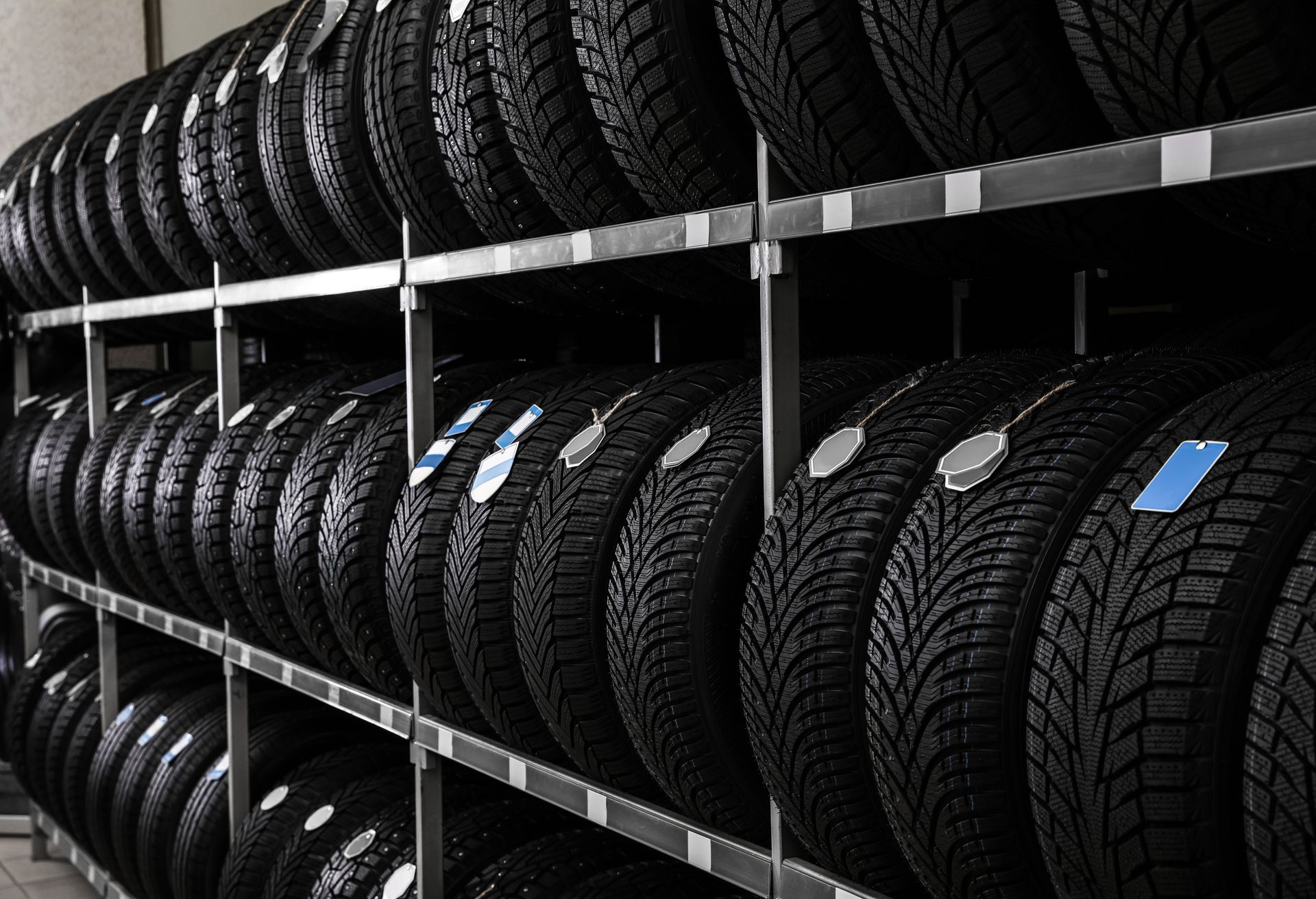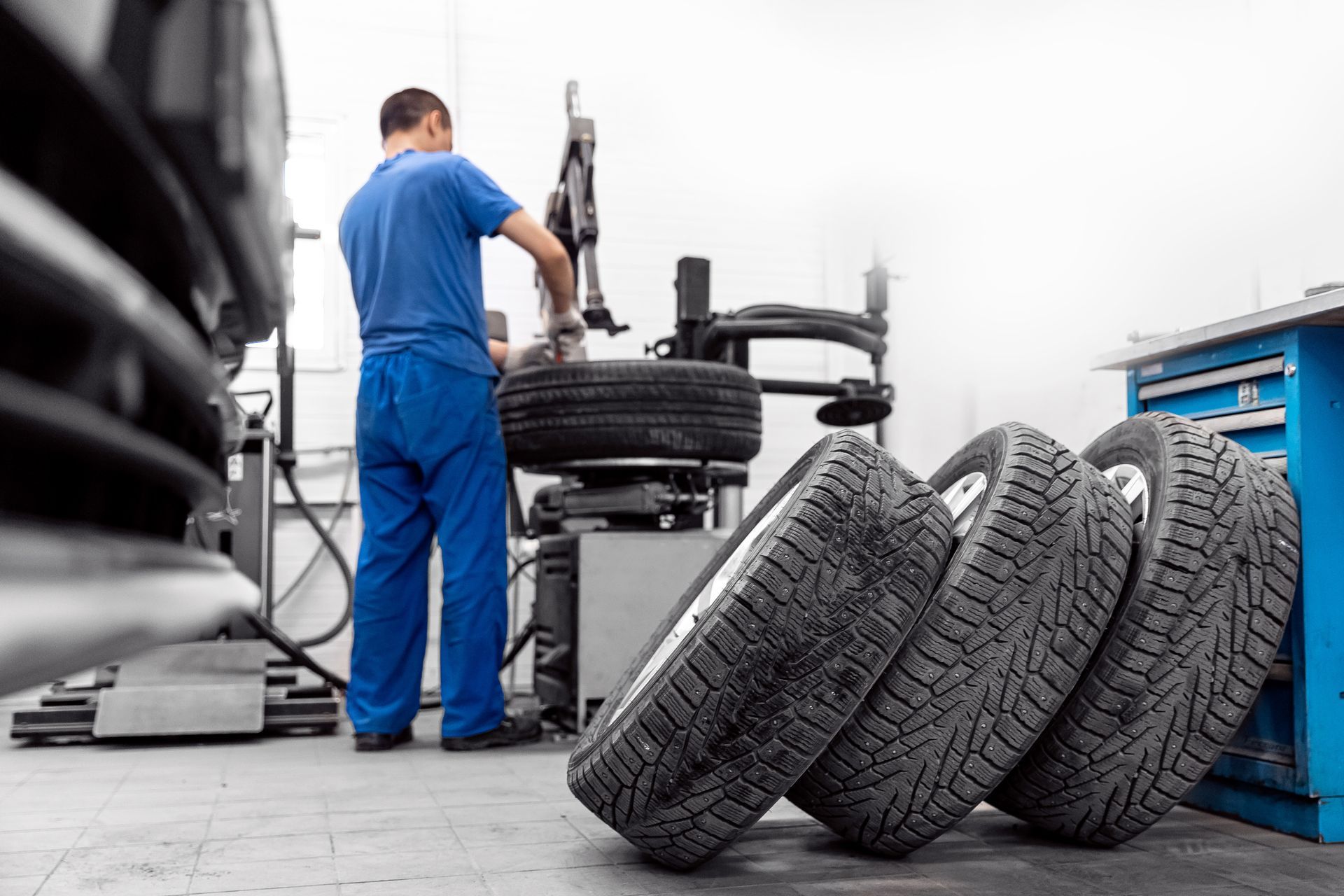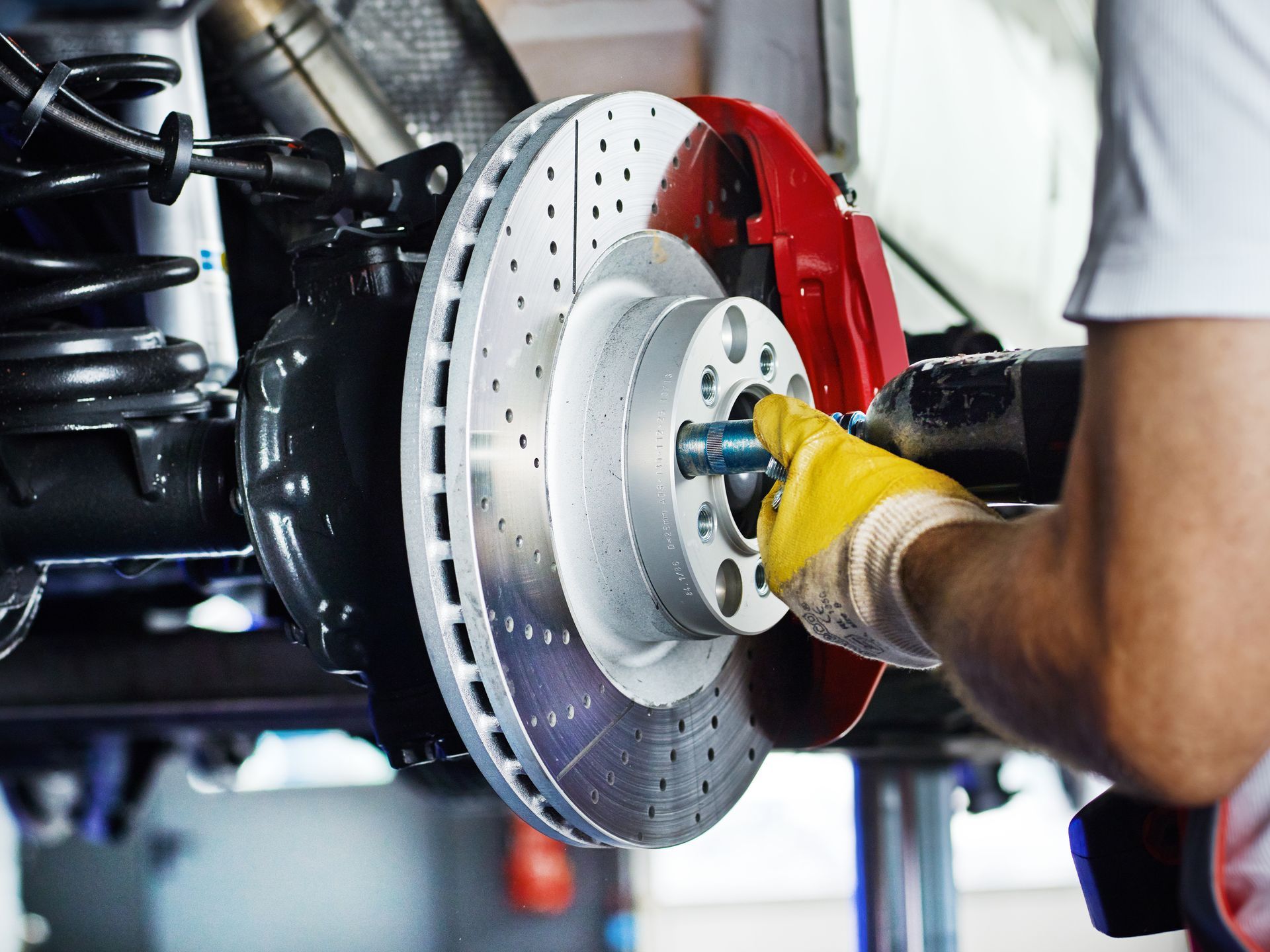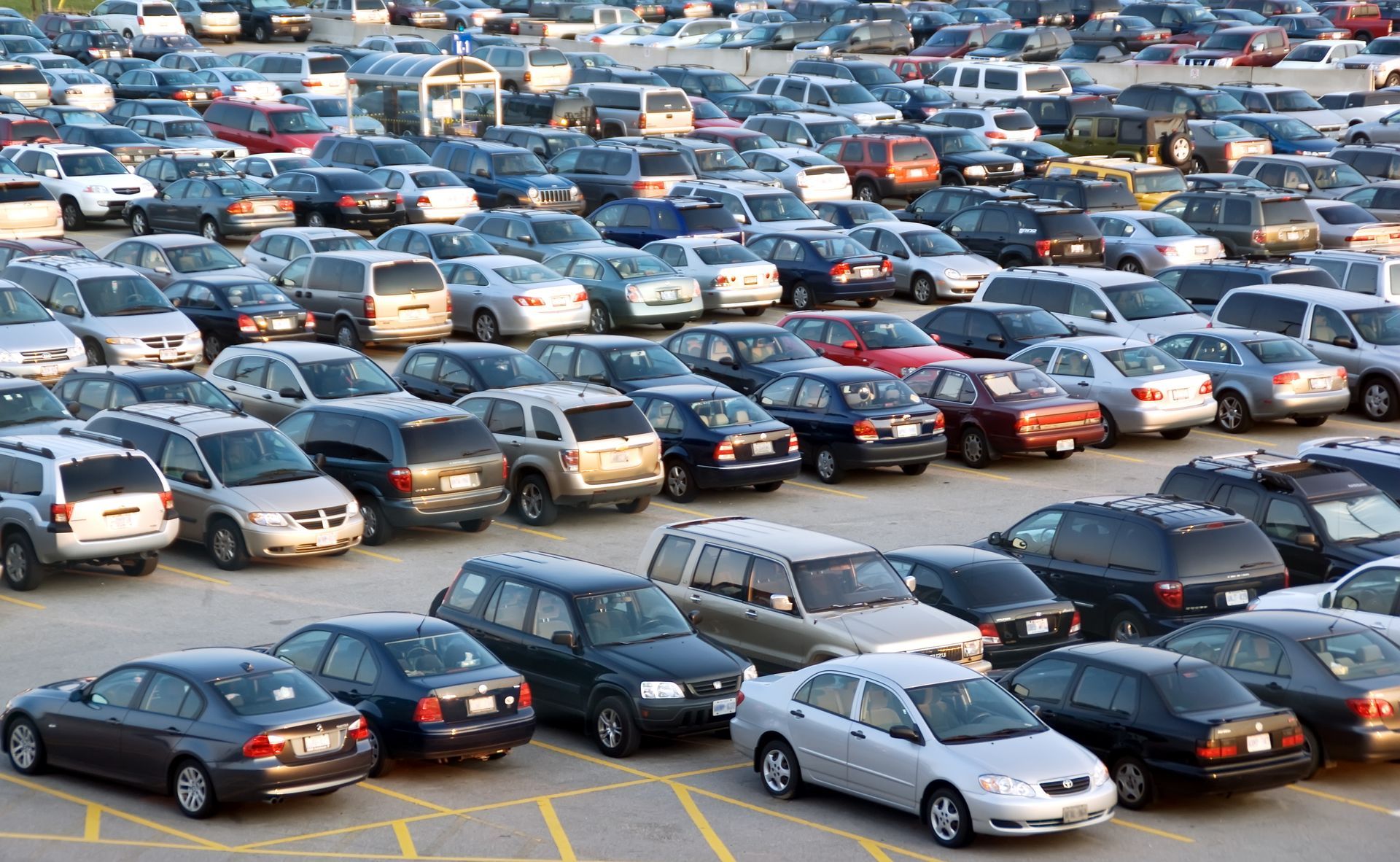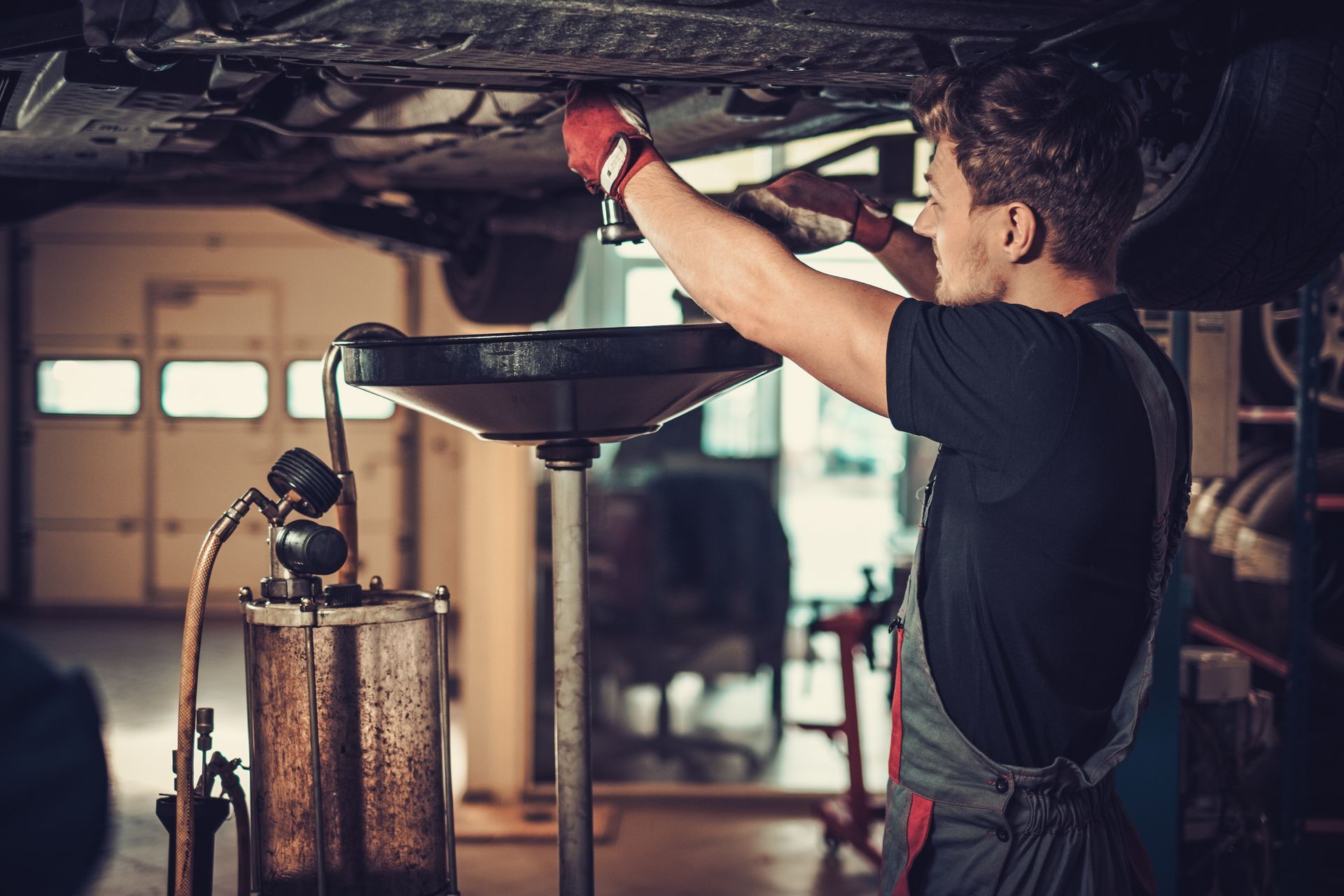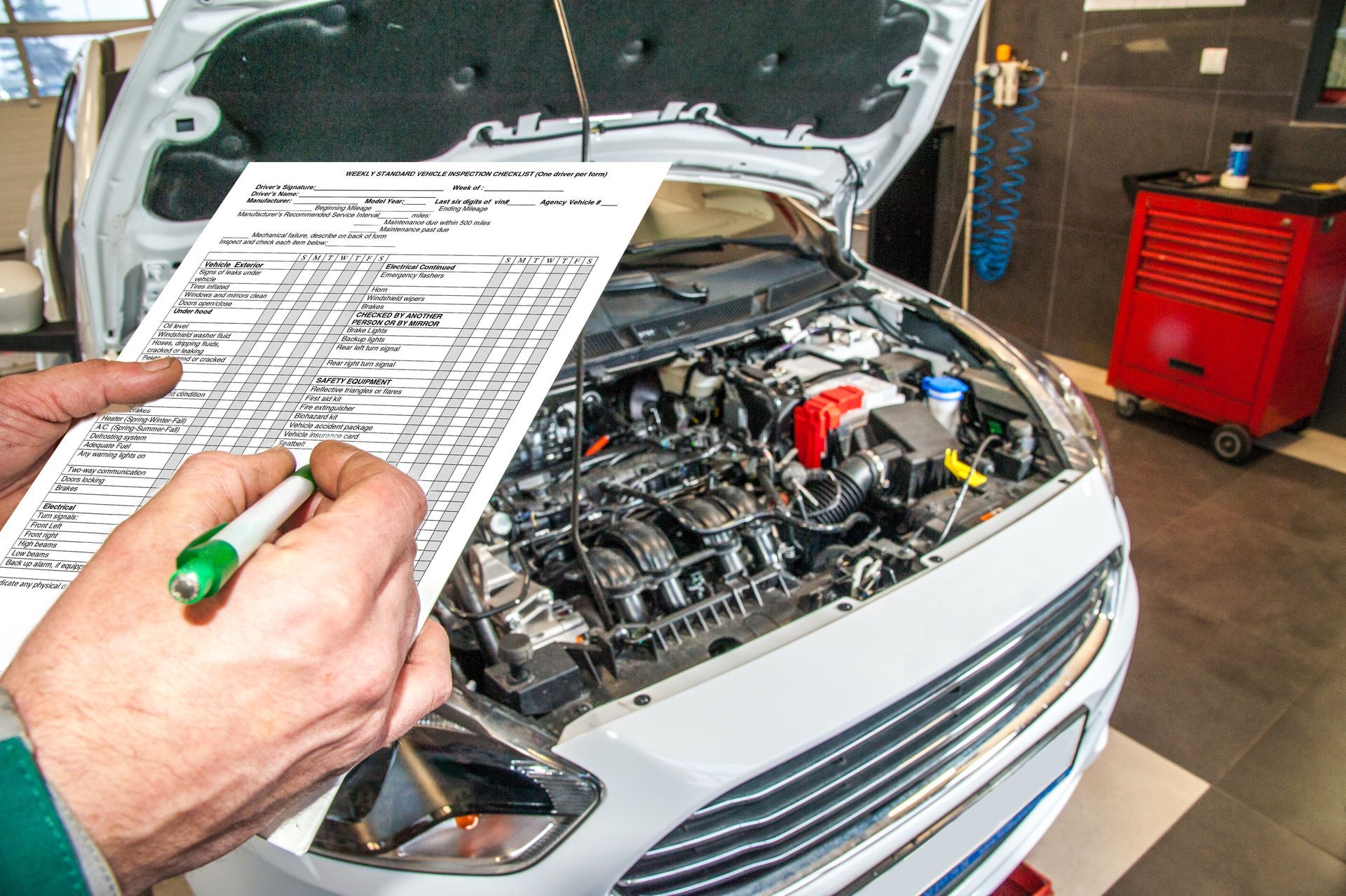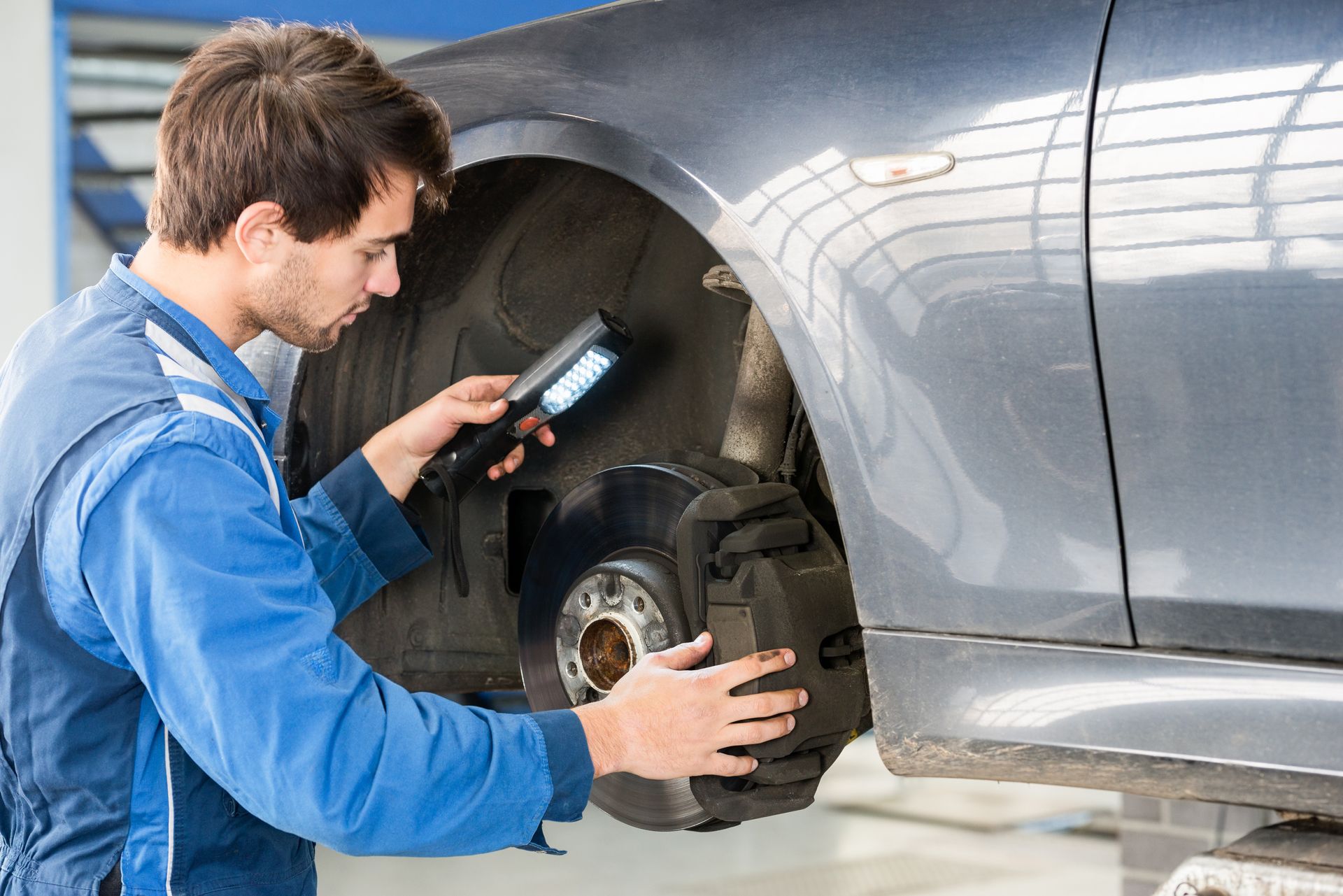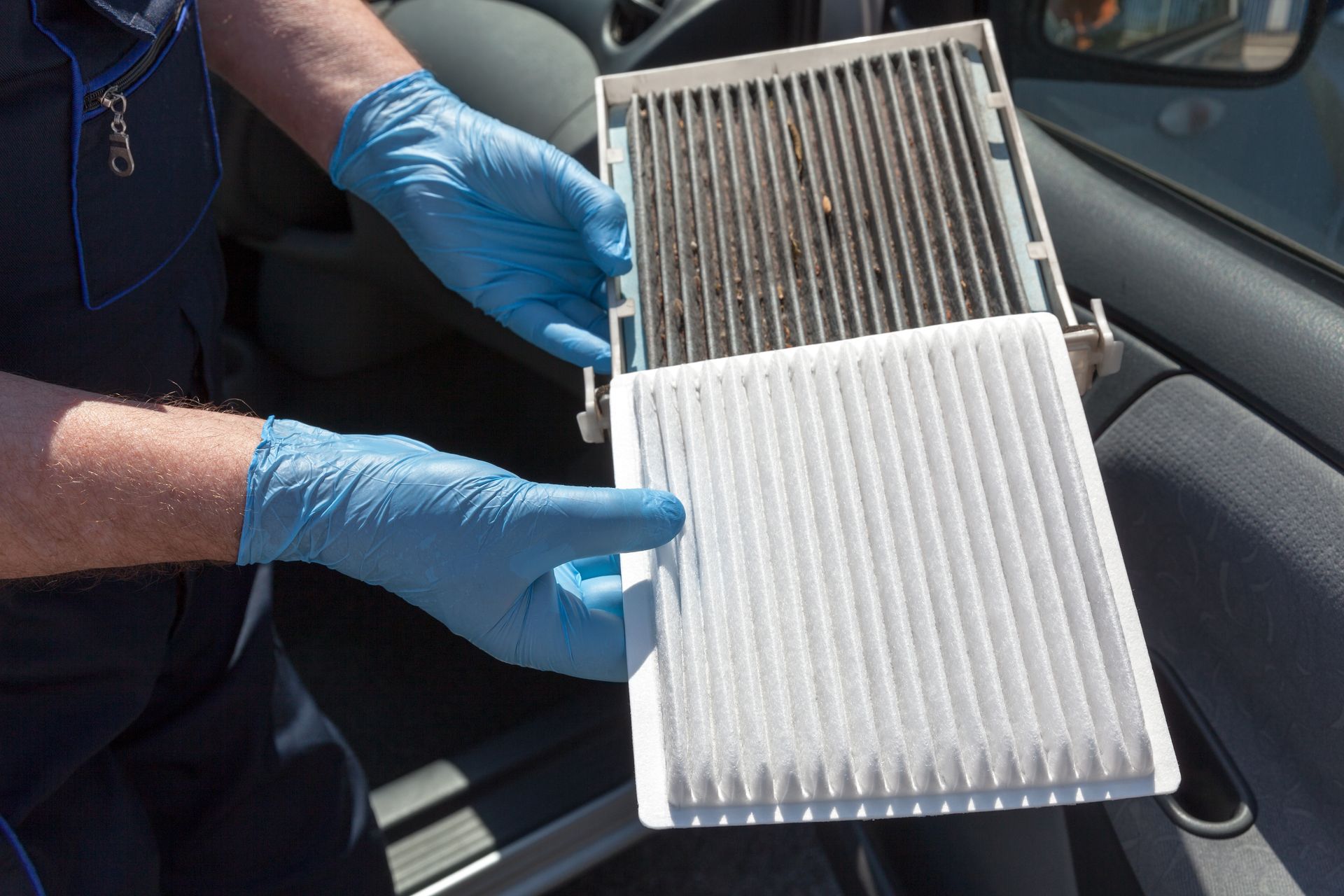Driving into floodwater can be a terrifying experience, especially when the water starts rising around your car. Even if the road looks passable, standing water can stall your engine, damage critical components, or leave you trapped in a dangerous situation. Reacting quickly and making the right decisions can mean the difference between getting to safety and dealing with costly repairs—or worse. Knowing how flooding affects your car and what steps to take can help you stay safe and minimize damage.
How Flooding Can Damage Your Car
It doesn’t take deep water to cause serious issues. Just a few inches can be enough to reach your car’s undercarriage, where water can seep into sensitive areas like the exhaust system, air intake, or electrical components. If water enters the engine, it can cause hydrolock—when liquid prevents the pistons from moving properly, potentially leading to severe engine damage. Electronics are also vulnerable, and once moisture gets inside sensors, wiring, or control modules, they may short-circuit or stop functioning altogether.
What to Do if Your Vehicle Gets Trapped in Floodwater?
Evaluate the scenario
Take a peek to see how much the water has gone up by now. If it hasn’t made its way to the bottom of your doors yet, you might be able to drive... If the water is going up quickly or has already started coming in, staying where you are could be dangerous..
Please do not attempt to restart the engine.
If your vehicle stalls in a body of water and you attempt to restart it immediately, it might exacerbate the situation. It’s possible that water has made its way into the engine, and trying to ignite it could push the water deeper inside the components, causing hydrolock. A form of engine harm. Rather than risking damage by trying to start it up in this situation. It’s advisable to keep the vehicle switched off and seek assistance for towing services. Having a check on your car is the course of action to determine if it’s still functioning properly or if any repairs are necessary.
Feel free to step out of the car if necessary
If the water keeps rising around you in your car due to a flood situation or any other emergency circumstance, it is essential to exit the vehicle for your safety. Before the car’s electrical system fails due to water damage, try to open the windows to allow for escape. If needed and if it is safe to do, you can also consider pushing the door open while the water level remains lower inside than outside. Once the water level inside matches that outside the car, the door might be harder to open due to pressure variances caused by flooding.
Can You Drive Through a Flooded Street
Flooded roads are unpredictable—what looks like a shallow puddle may be deep enough to stall your car. If you see standing water ahead, the safest choice is to turn around. If you must drive through, proceed cautiously at a steady pace, avoiding sudden stops or acceleration. Moving too fast can send water into the engine or cause you to lose traction.
Once you’re back on dry pavement, take a moment to check how your car is handling. Tap the brakes gently to clear off water and make sure they work properly.
What to Check After Driving Through a Flood
Even if your car seems fine, floodwater can cause hidden problems that might not be obvious right away. After passing through deep water, check:
- Brakes – If they feel weak or unresponsive, they may need to dry out before working properly.
- Engine Performance – Hesitation, rough idling, or stalling could mean water has affected key components.
- Fluids – If water has mixed with engine oil or transmission fluid, it could cause serious mechanical damage.
Get a Professional Inspection After Flood Exposure
If your car has been in deep water, it’s a good idea to have it checked before problems arise. Flood damage isn’t always obvious at first, but electrical failures, engine trouble, and brake issues can develop over time.
Don’t take chances with flood damage—let
Layton’s Garage perform a full inspection to catch potential issues before they turn into expensive repairs.
Book an appointment
today to make sure your vehicle is safe and road-ready.

